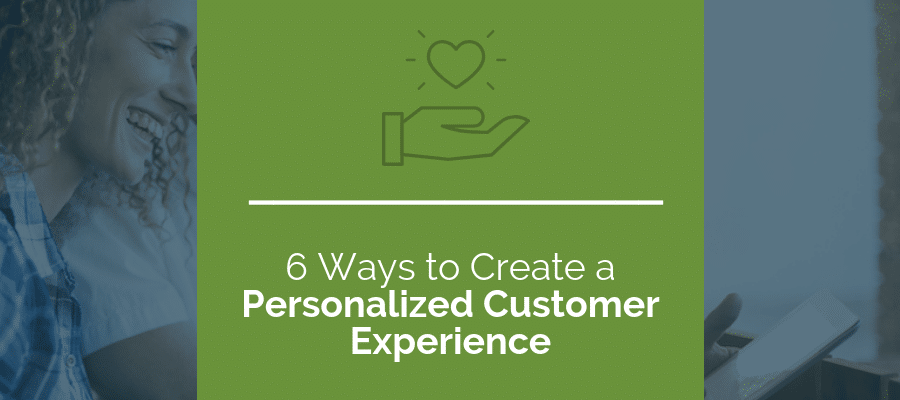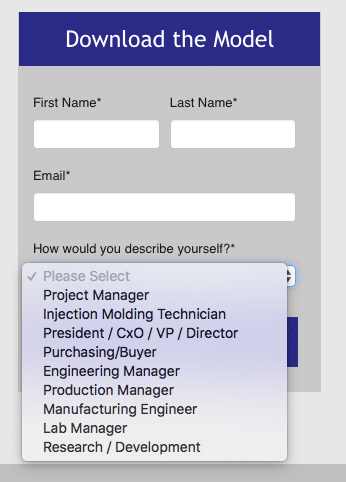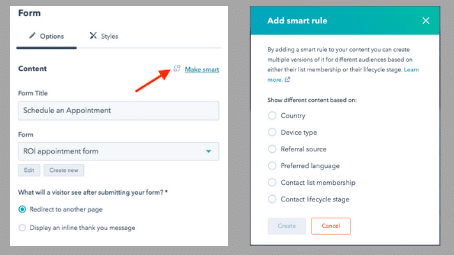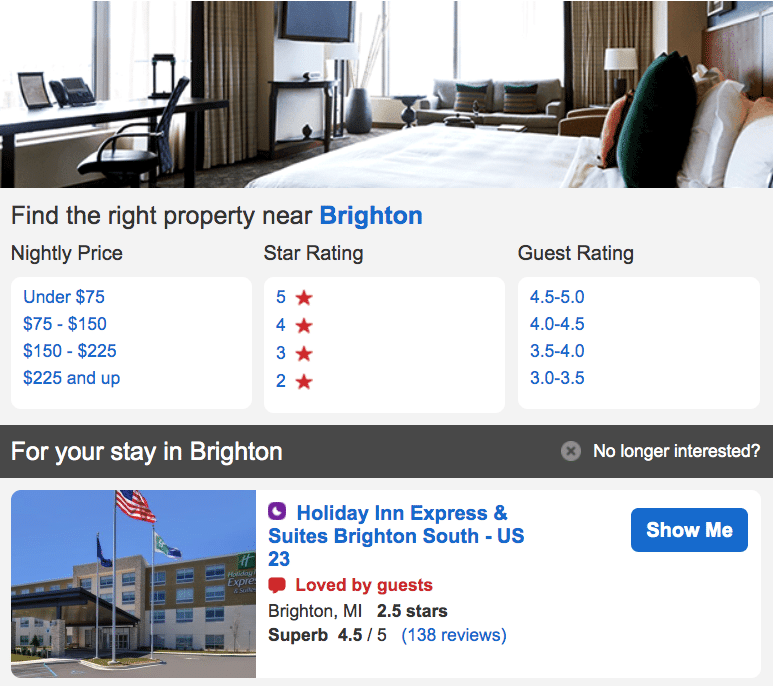
Personalization creates a link between your brand and your customer, breaking through white noise filled with generic greetings and vague product statements. The best way to create a personalized customer experience is to get to know your customer, and then use this knowledge in a way that benefits them and your brand. This creates reciprocity, which is the foundation of any good relationship, even a sales relationship. The message is this; When a customer trusts you with their information, you will give them a fast, efficient, customized experience.
6 Ways to Create a Personalized Customer Experience
1. Buyer Personas
Before you can deliver a personalized customer experience, you have to know who your customers are and what they want. The best way to start is by constructing buyer personas. Buyer personas are outlines of your customers with demographic information such as income, location, gender and job, as well as applicable interests and lifestyle, like marital status, technology use, and media preferences. Buyer personas also describe a customer’s challenge, what they’re looking for, and how they can best be reached by your business.
The following are a few questions that might appear in your buyer persona documents. You probably won’t use all of these, only those that are relevant to your products or services.
- Demographic information: age, income, job, gender
- Media Use: preferred social media platform, most-visited websites, TV shows watched, preferred magazines
- Lifestyle: marital status, kids/no kids, entertainment, hobbies
- Personality: beliefs, early adopter/laggard, fickle/loyal,
- Problem or Need: what are they coming to your company for?
- Objections: what questions or concerns might they have with your product or service?
2. Forms and Tracking

Adding just one form field can help you segment leads right from the start.
Now that you’ve constructed buyer personas, you need a system for collecting information from your customers and determining which buyer persona the customer falls into. However, don’t overwhelm your customer with form fields. Asking a few short, carefully chosen questions and watching what your customer looks at online can tell you more about who they are, what they’re looking for, and how to create a personalized customer experience for them.
Your online customers and leads generally enter your CRM system by filling out a form. This is an ideal time to segment your leads by buyer persona. Start with a simple, straightforward question, such as “what are you looking for” or “what is your job title?” Since this is only the start of the buying process, don’t make your questions too long or too complicated, or customers will be resistant to filling out the form at all.
Tracking activity on your website is another helpful way to find out more about your customers or potential customers. A CRM system integrated with your website will allow you to track users’ activity across the site, including what blog posts they read, what product pages they visit, or what content they download.
3. Smart Content

Hubspot’s “smart rules” on forms are just one of the ways to use smart content.
Now that you know your customers better, you can start to deliver a personalized customer experience that will resonate with them. Smart content, also called dynamic content, changes according to the customer’s interests, needs, or preferences. This may be used anywhere on your website. Here are a few of the ways you can use smart content to personalize the customer experience:
- Pre-filled Forms: Your customer or lead has already filled out a form, so they shouldn’t have to fill out the same information again. Use pre-filled forms or “smart forms” to automatically fill in this information.
- Call-Outs by Name: When your customer sees their name somewhere on your website, it’s certain to get their attention. You might use this to introduce and draw attention to content aimed at the middle or bottom of the buyer’s funnel, and engage your customer further.
- Customized Content: You most likely use your buyer personas to curate content that different types of customers are interested in. You can use smart content to ensure that the right customers see it.
4. Triggered Content

Travel and hotel sites often use triggered content in emails to show deals in locations customers have recently viewed.
Triggered content is similar to smart content, except that it changes based on a user’s activity instead of their persona. Using triggered content effectively can help your customer move down the sales funnel and become more invested in your brand.
Leads who are not yet ready to buy will respond better to an informational blog post, webinar, or tutorial rather than a discount or rewards program. On the other hand, leads who have made up their minds about what they need will be more likely to buy your product if they see a discount or rewards. Triggered content can help you show the right content to the right people at the right time. Here are a few ways you might use triggered content:
- Educational Content: Visitors to your blog or informational pages are probably not yet ready to buy, but triggering carefully selected downloadable content can help to keep them engaged.
- Discounts: If your customer is browsing products or services, but hasn’t yet made a purchase, emailing or showing a discount can help to seal the deal. You’ve probably seen hotels and travel sites use this kind of triggered content effectively.
- Rewards: If a customer has made a purchase at least twice, or they’ve renewed a subscription once, a rewards program can incentivize them to stay.
5. Remarketing
Often, a customer visits your site or even your product pages, and then leaves. They may still be thinking about your business, but you have to take action if you want to stay at the top of their mind. Remarketing ads can help you do this.
Remarketing ads use tracking codes to show particular ads to these customers. You can use remarketing ads on social media platforms like Facebook or buy through Google to display remarketing ads on a number of different websites. There’s no need to choose which sites to display your ad, either; the tracking code provided allows Google to display your remarketing ads at key online locations your customer visits.
6. Geolocation
Geolocating is another way to personalize the customer experience, and this can even be accomplished with very little input from the customer. With geolocating abilities installed on your website, your customer will automatically be prompted to allow your site to use their location, or not. This will use their IP address to target their location fairly accurately, usually within their city or county. You can also use question prompts to allow the customer to specific their general location, such as a particular country, service area, or state.
Geolocation creates a personalized customer experience by eliminating extraneous data, or by pointing the customer to the most relevant information. For example, geolocation can allow you to show a customer their closest store or shipping location. It might also put a lead in touch with the salesperson assigned to their area. Geolocating can also be used to show customers the most relevant products. For example, a sporting goods retailer might show surf boards to customers shopping online in Florida and skis to customers in Colorado.
The more personalized your experience is, the more memorable and impactful it will be for your customer. If you haven’t used personalization before, start small and try using first names and smart content at select areas on your site, or try tracking some product pages and using remarketing ads. You might be surprised at the difference a personal touch can make.
